Paxi And Our Moon Phases And Eclipses
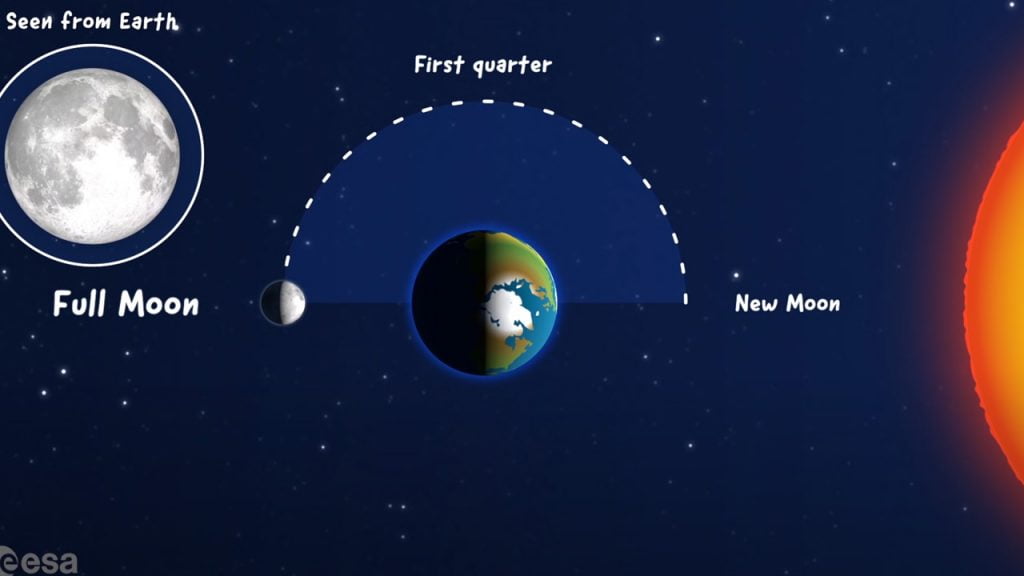
Brief description Join Paxi as he explores the Moon. In this video, targeted at children aged between 6 and 12, Paxi explains the Moon’s phases and eclipses.https://youtu.be/w4U_cuF-_hIhttps://youtu.be/C3CoOgHxsAkhttps://youtu.be/G9AbC5KlIPAhttps://youtu.be/rq_GaHAz8F4https://youtu.be/eFg6n4WLDhohttps://youtu.be/HPFXqqe971Ihttps://youtu.be/RuTuefZC45Qhttps://youtu.be/Fv56Nk2kpqUhttps://youtu.be/Q88PBr0Hj6Uhttps://youtu.be/K_KqWr4oHmAhttps://youtu.be/i7Zq545gMOohttps://youtu.be/X-o9PmbDNzAhttps://youtu.be/MjJxaCBjUQ4https://youtu.be/CGlZiLBGruoLanguages available:This video is available in English, Czech, Danish, Dutch, Finnish, French, German, Italian, Norwegian, Polish, Portuguese, Romanian, Spanish and Swedish. This video also contains auto-generated subtitles in English, […]
Power from Water – How to produce oxygen and hydrogen on the Moon
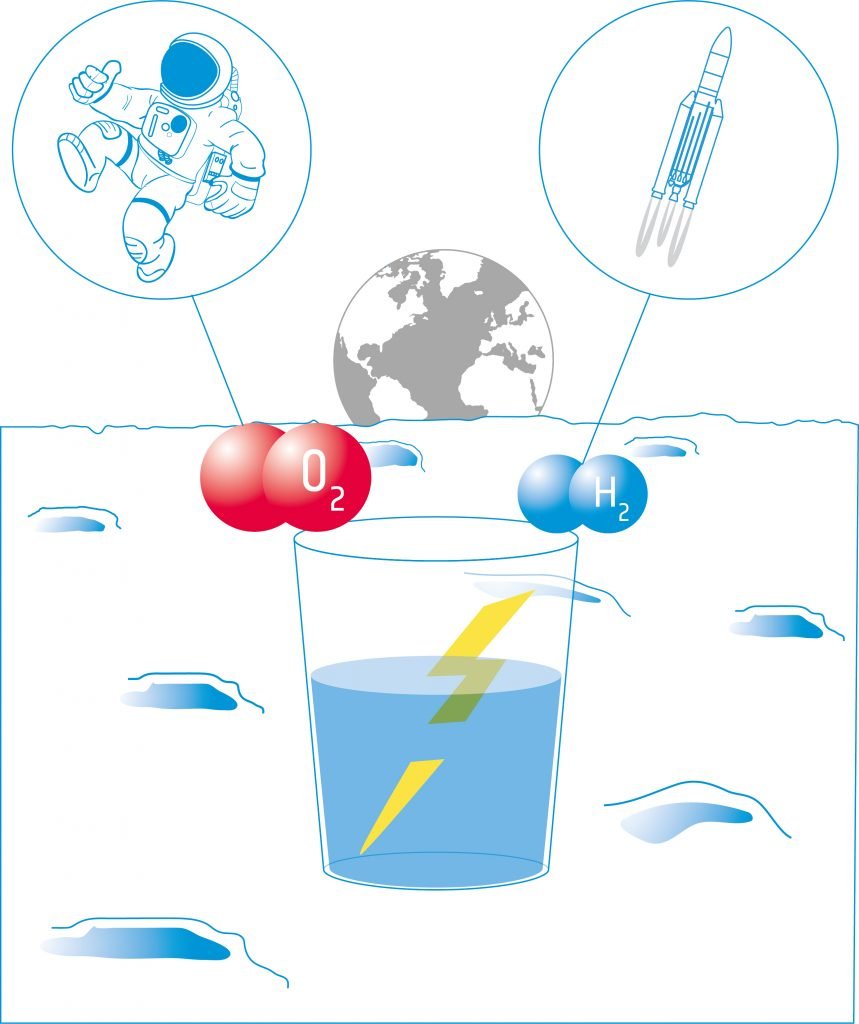
Brief description: In this set of three activities, students will learn about electrochemistry. In the first activity, they will build a voltaic pile – a simple battery. This invention marked the beginning of electrochemistry. Students will then study electrolysis. Electrolysis uses electric current to split water into its components: hydrogen and oxygen. These products can […]
Landing on the moon – Planning and designing a lunar lander
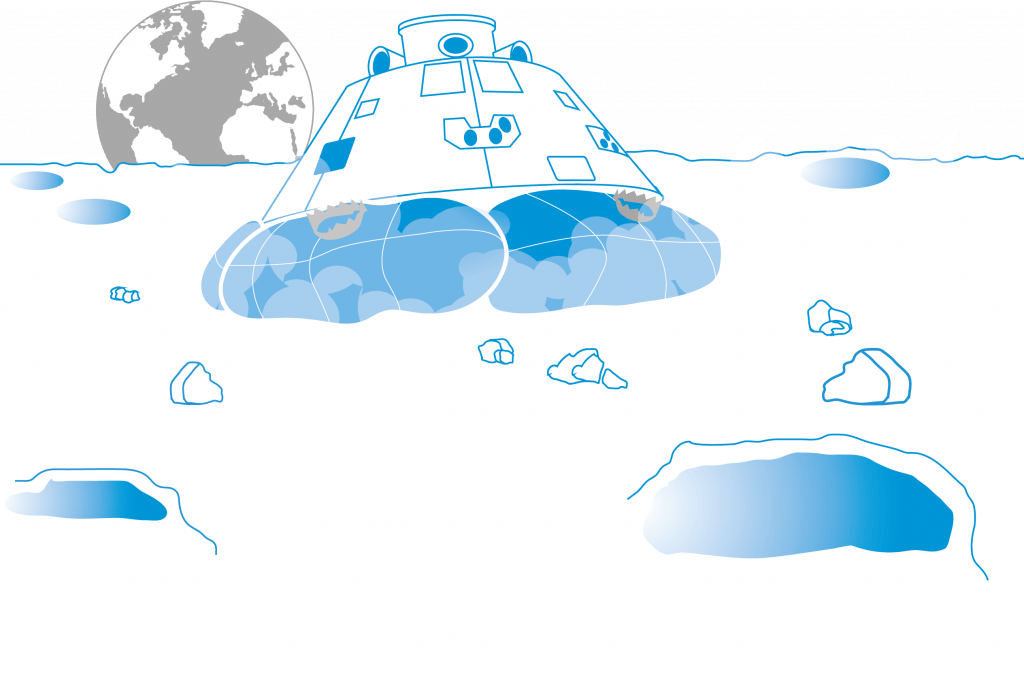
Brief description: In this set of activities, students will plan, design and build a landing module to secure the survival of the crew (in the form of an egg-naut) landing on the Moon. They will explore which factors should be considered when landing on the Moon, in comparison to landing on Earth. In the design […]
Power from Sunlight – Powering space exploration with solar energy

Brief description: In this set of activities, students will learn about two concepts that influence solar panel design for space missions: the inverse square law and the angle of incidence. Students will perform two simple investigations using a photovoltaic cell (solar cell) and a light source. First, they will measure how the power produced by […]
AstroCrops – Growing plants for future space missions
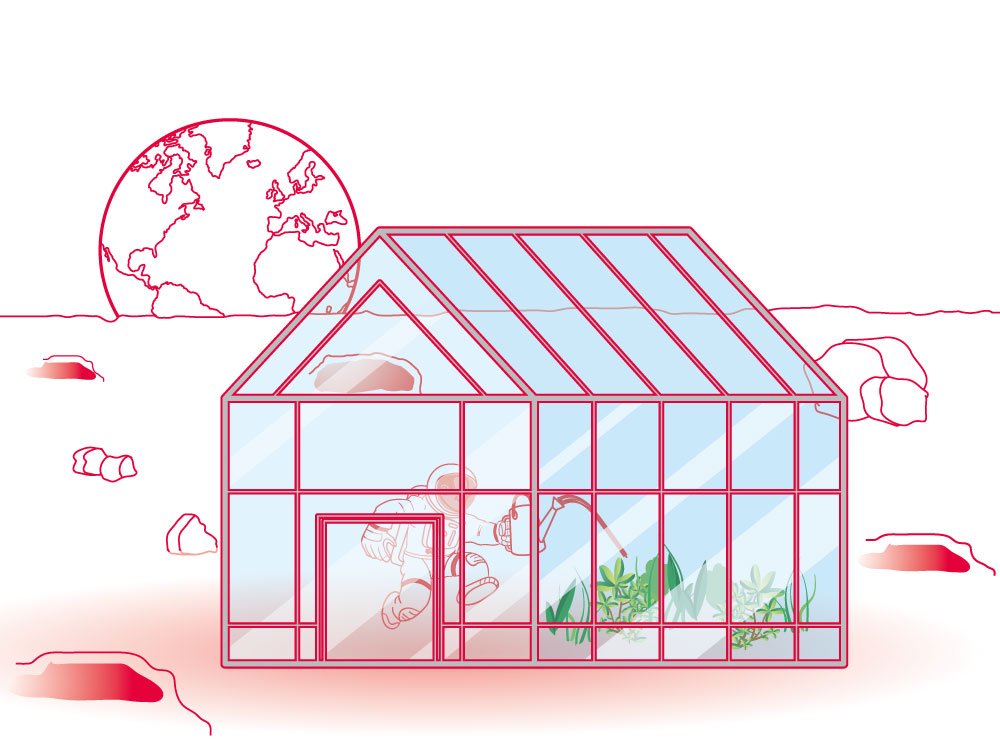
Brief description: In this set of activities, students will build an understanding of germination and plant growth by following the development of three unknown plants for 12 weeks. They will conduct measurements and make observations to evaluate their plant’s growth and health. Students will use their observations to make a hypothesis about which species of […]
AstroFarmer – Learning about conditions for plant growth

Brief description: In this set of six activities, students will investigate which factors affect plant growth, and relate these factors to growing plants in space. Students will learn that plants need air, light, water, nutrients and a stable temperature to grow. Students will observe what happens to plants when they vary some of these factors. […]
AstroFood – Learning about edible plants in Space
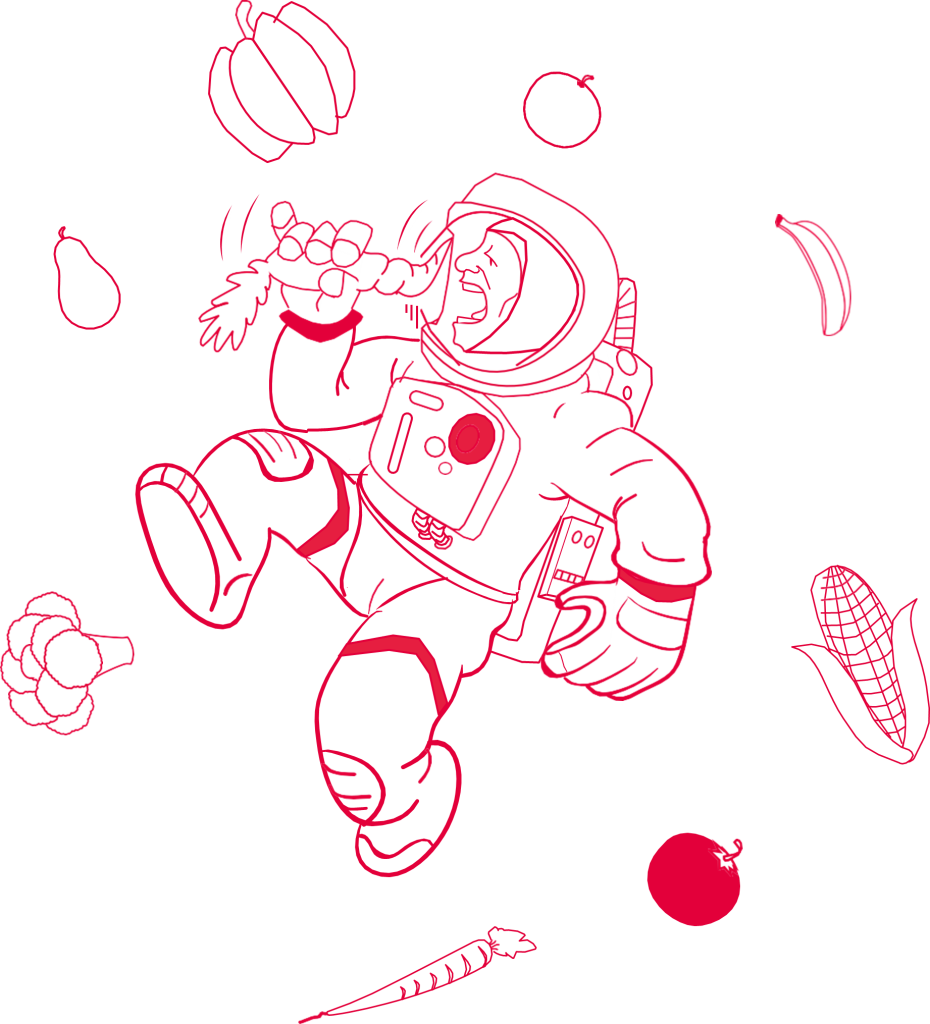
Brief description: In this set of activities, students will learn about the different components of plants. They will learn which parts of plants are edible and learn the difference between a vegetable, a fruit and a seed. The students will have to imagine and draw the plant associated with the fruit/vegetable/seed they are observing. They […]
Moon Shelter – Investigating different shelters on Earth and in space
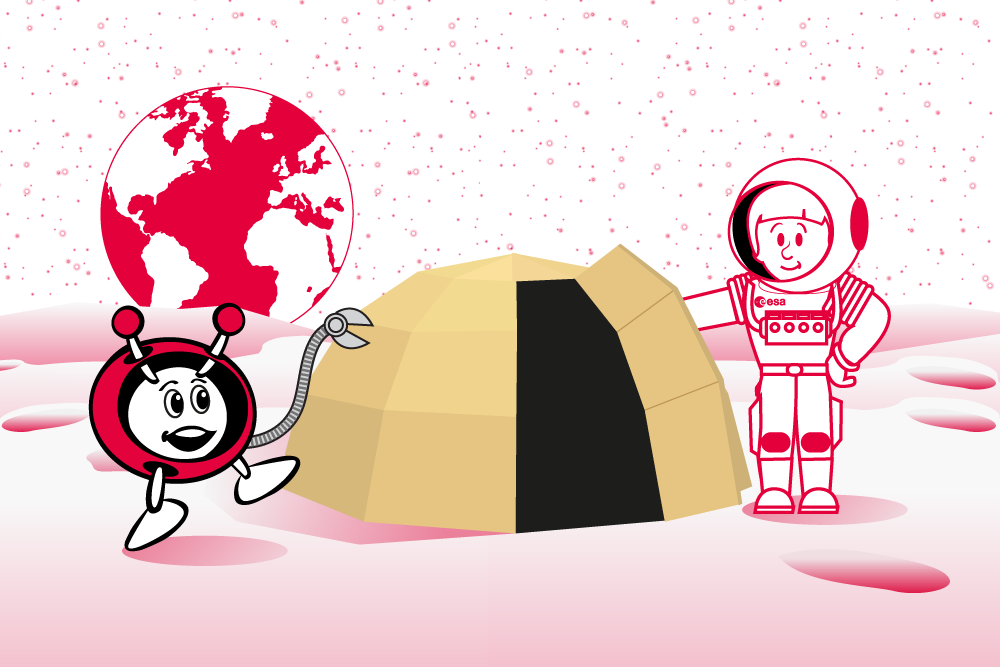
Brief description: In this set of activities, pupils will analyse the importance of having shelter for protection on Earth and in space. Pupils will compare the environmental conditions on Earth and on the Moon, and in a group they will imagine and build their own Moon shelter using materials comparable to the soil on the […]
Bionic Hand – Building a bionic hand
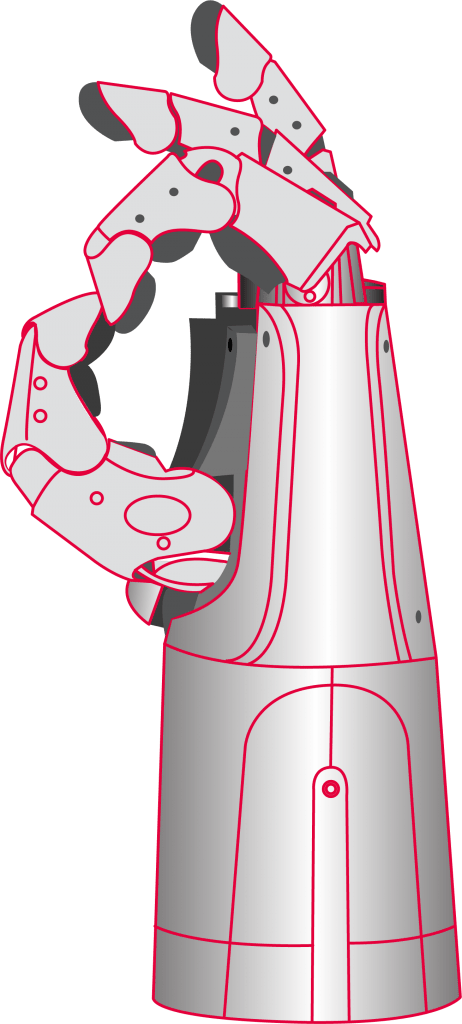
Brief description: In this activity, pupils will build a bionic hand made out of cardboard, strings, straws and rubber bands. They will relate the bionic hand to their own hand to understand the function of the fingers and the importance of the thumb, to grab or hold objects with different shapes and forms. Pupils will […]
Water on the Moon – Filtering lunar ice cores to extract water
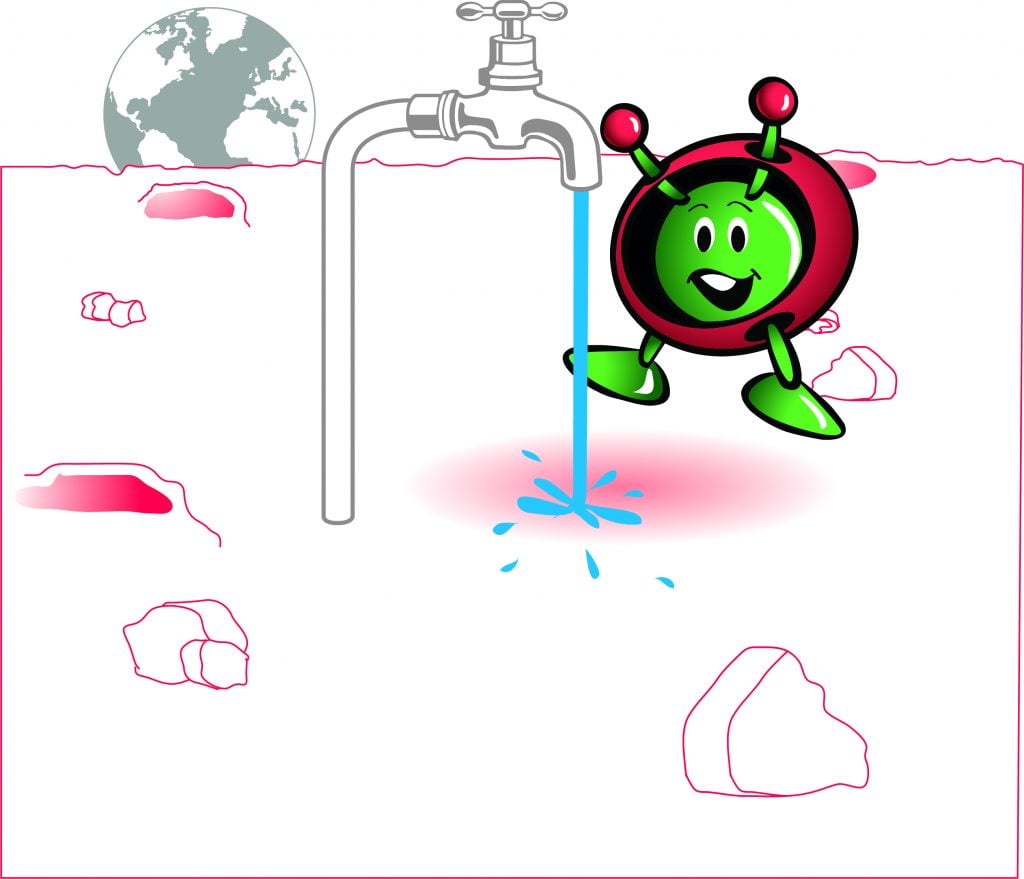
Brief description: In this resource, pupils will spend a day recording approximately how much water they use for different activities. This is followed by an experimental activity in the classroom, where they will use pre-prepared “lunar ice cores” and filter these to get water. They will use the results of the first and second activity […]

